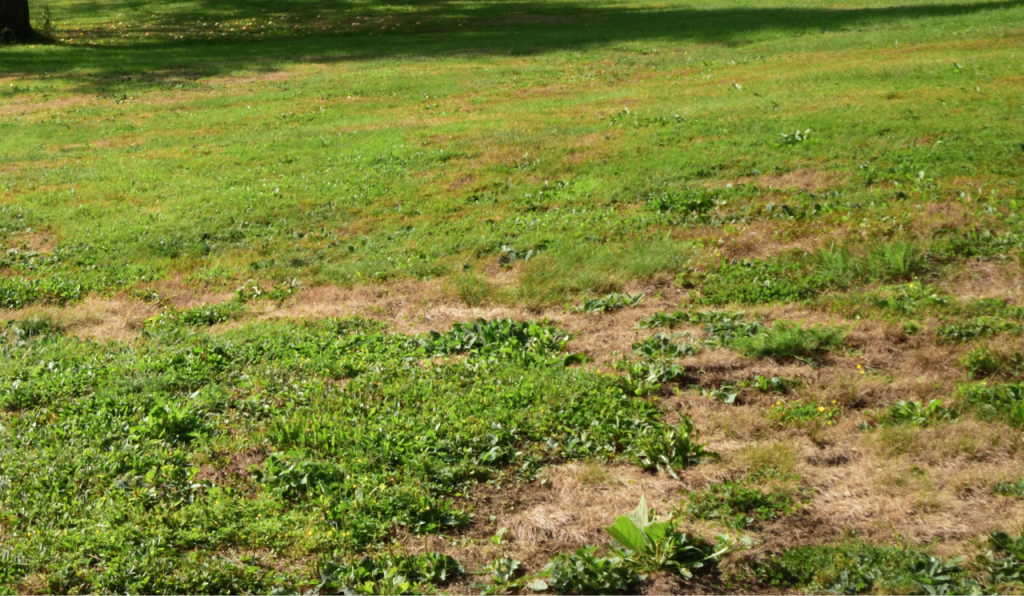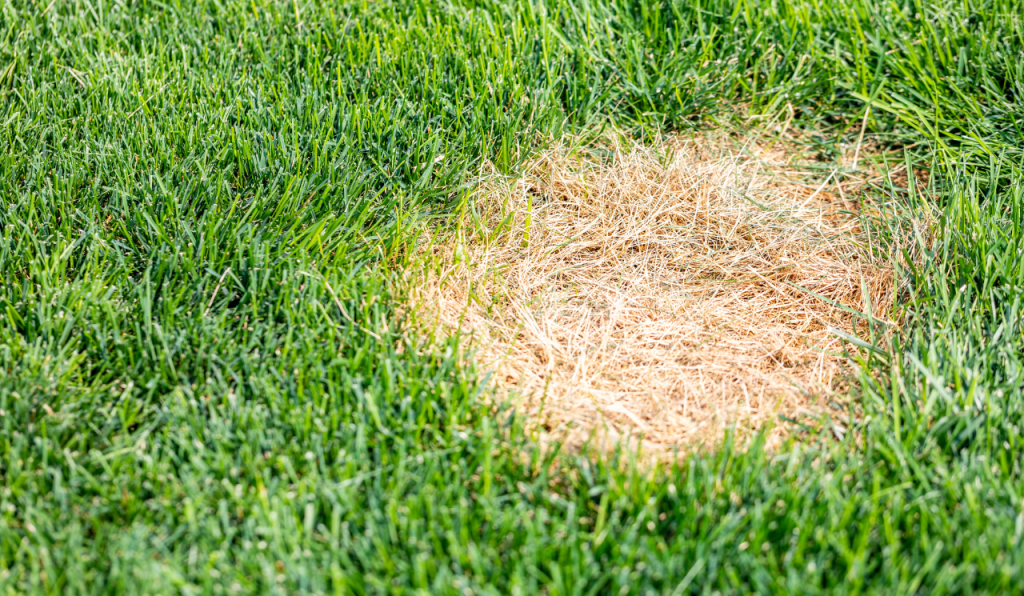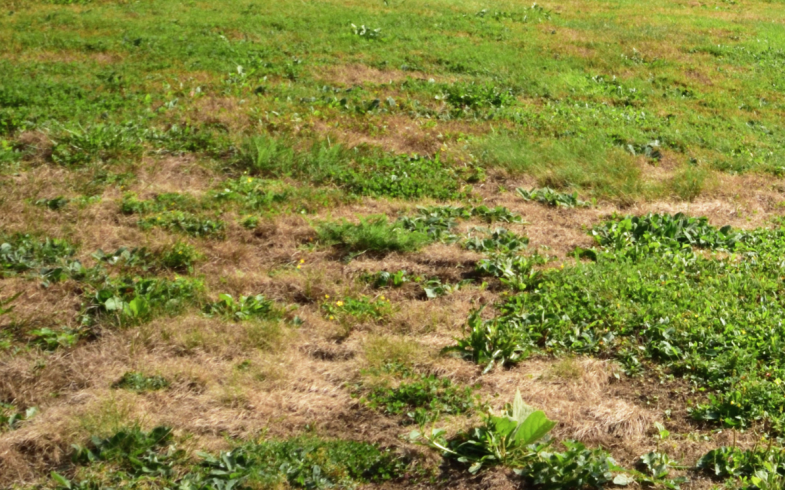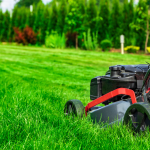How To Fix Bare & Brown Patches On Your Grass Lawn
You’d think that the grass lawn in your garden would just stay green, lush, and healthy by itself, being as grass grows naturally so easily and it not really being something that we would normally have to consider maintaining – apart from mowing it of course. Grass is a natural beauty, it’s good for wildlife, it’s good the for environment and it provides a functional place within your outdoor space to spend time amongst nature.
However, even the best well-kept gardens can develop bare patches or brown spots on the lawn. Which can be offputting and unsightly when the rest of it is beautifully full and green. Blemishes can detract from the beauty of your lawn, and even worse, they can be a sign of underlying problems that need to be addressed. If you’ve spotted any bare patches where it looks like the grass has stopped growing, or brown spots where the grass has curled up and died off, keep on reading, as in this guide we’ll explore how to easily fix bare patches and brown spots in your grass lawn.
4 Steps Process To Repairing Grass
Bare patches on a lawn are where the grass has disappeared or died off, leaving just the soil underneath, and can be caused by a mix of factors, from simply heavy foot traffic in that area to pet damage or pet urine, or insect infestation and disease. Brown spots on the other hand are where the grass is still there, but has curled up, thinned out, and turned brown. Brown spots can be caused by over-fertilisation, under-watering, pest and pet damage, or disease.
It’s definitely not something to be put off with though! The good news is that fixing these patches is a relatively simple process that can be done in a few easy steps.
What You Need
- Pair of Gardening Gloves
- A Hand Fork or Small Rake
- A Hand Shovel/Trowel
- Spare Compost or Soil
- Grass Seed
- Watering Can or Hose Pipe
Step 1
Before you start repairing the patch, you need to prepare the area. Start off by pulling up any dead grass, weeds, moss, leaves, or debris from the area. Then use a hand fork or rake to loosen up the soil and smooth it all back out to create a flat surface.
Step 2
The next step is to add soil to the area, this is especially necessary if the patch seems to have sunken in a little. If the empty patch is small you can simply scatter some soil over the area, or if you need quite a bit just use a hand trowel. Any all-purpose compost will do for this job, or if you don’t have a bag of compost to hand you could use a trowel of soil from somewhere else in the garden such as from a flower bed.
Once the soil is scattered, ensure that it’s level. You’re aiming for the soil level to be as high as the bottom of the surrounding grass.
Step 3
Next up is the seeding. It’s always advisable to choose a high-quality grass seed, as cheaper versions don’t always take that well and can consist of a low-quality grass variant. If you know what grass your original lawn is, then great, try to find grass seed that matches. Otherwise, a standard mixed grass seed mix that’s tolerant to drought should blend in fine. Sprinkle a good amount of seed evenly over the prepared area, making sure to cover the entire patch. Then use a hand rake, or your fingertips to partially mix the seeds into the soil, gently pressing the seeds down. Note that not every seed has to be 100% covered or buried, it’s fine to have half of the seeds still poking out!
Step 4
The final step in fixing the grass patch is to water the area. Use the gentle shower spray setting if using a water hose gun, or a watering can with a rose attachment. This will help the watering to not disturb or further mix the seeds. Depending on the current weather, you may have to water the area(s) again regularly, keeping the area moist until the grass has fully established. Then it’s simply a waiting game to let nature do its thing and for the seeds to start rooting and growing. This may take a few weeks, so be patient and avoid walking on, or letting pets or children play on the newly seeded area.


There we have it, my simple 4-step process to patching up your grass! Remember to always properly identify the underlying issue causing the problem before attempting any fixes, as this will ensure that the solution you choose is the most effective one.
By following the steps outlined in my guide, you can have a lush and healthy lawn that you can enjoy all year round, it just takes a little time and patience to let it grow back. So don’t hesitate to get started on fixing those bare patches and brown spots today!















No comments.